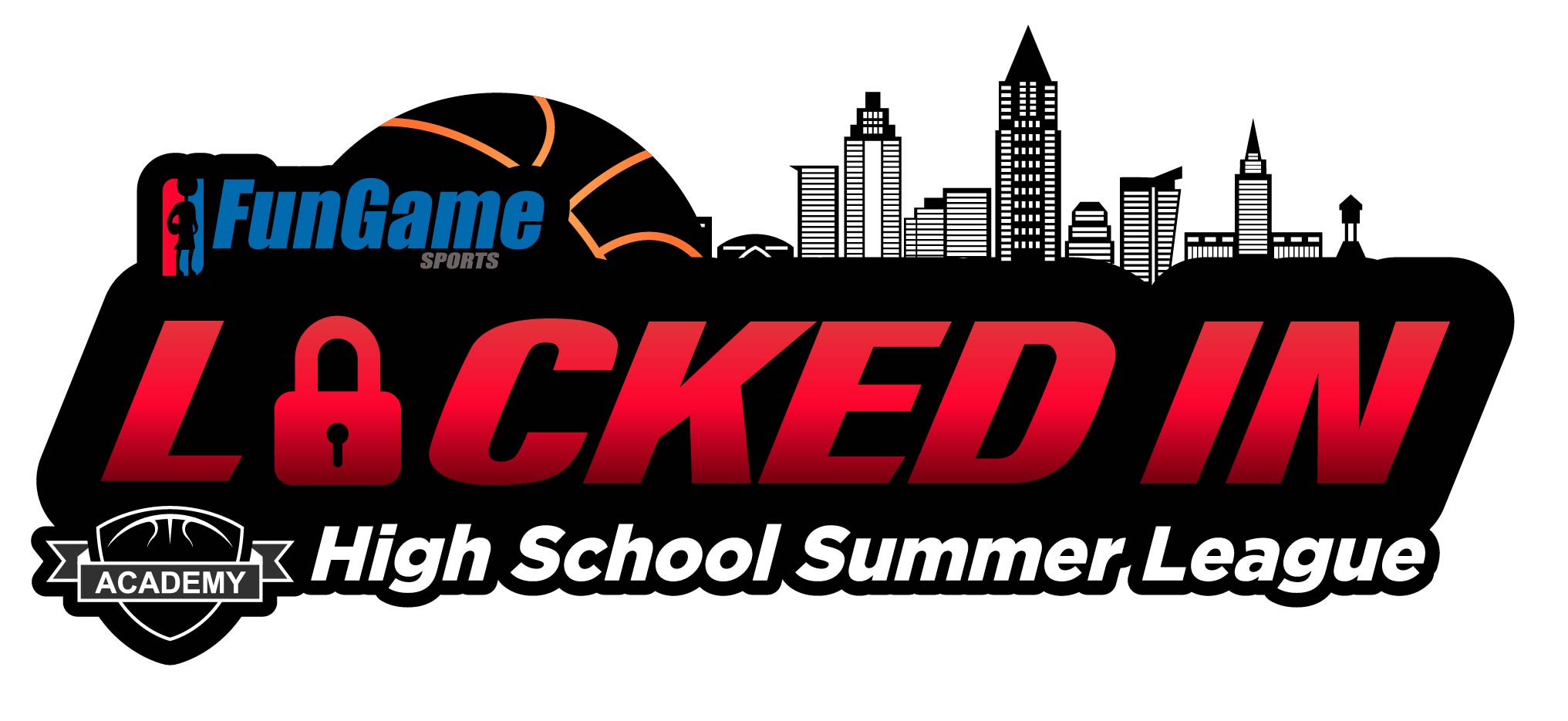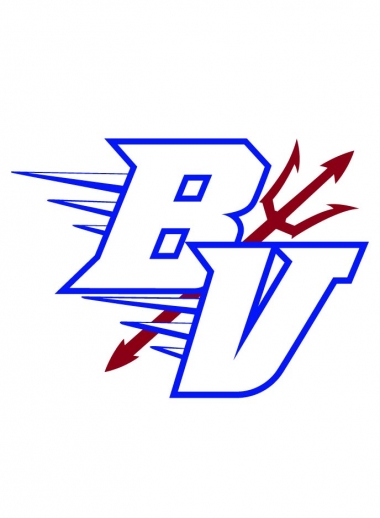The quality of output for raster to vector conversion depends on several factors such as image complexity, resolution, and the converter used. While vector images can handle high-resolution images, raster images lose quality when enlarged. The process of raster to vector conversion involves converting the image from its raster format to curves that create the vector image. However, complicated images can result in a conversion of curves that are too complex, resulting in distorted images.

Proponents of raster to vector conversion argue that vector images provide the highest quality output. Vector images are resolution-independent, meaning that they can be scaled without losing quality. As such, vector images are ideal for large format printing, such as billboards and posters.
Opponents of raster to vector conversion argue that it's challenging to convert raster images into vector images without sacrificing quality. They suggest that raster images should be edited in their original format to maintain quality. The output quality of raster to vector conversion depends on the complexity and detail of the original image and the quality of the converter used.
Cost-effectiveness
Another contentious aspect of raster to vector conversion is its cost-effectiveness. Raster to vector conversion can be an expensive process, and some experts argue that the cost outweighs the benefits. However, others suggest that the long-term cost savings of using vector images can make the investment worthwhile.
Compared to traditional design methods, vector images save time in terms of editing and resizing. The time saved means lower labor costs, which translate to savings in the long run. Vector images are also suitable for web and mobile devices because they require smaller file sizes that are easier to load. It's easier to compress vector images without compromising on quality, meaning faster load times on web pages.
Opponents of vector conversion argue that the cost of conversion may outweigh the benefits. They suggest that the time-consuming and expensive process of creating vector images may not justify its use in every situation. Critics of vector images also believe that the complexity and detail of some images make it almost impossible to convert them to vector with accurate outcomes.
Time Constraints
Raster to vector conversion can be a time-consuming process, particularly for complicated or highly detailed images. Proponents of vector conversion argue that the time investment is minimal compared to the advantages that vector images can offer, such as scalability and ease of editing.
Vector images can easily be edited and scaled without losing quality. Editing raster images requires more work and is not as flexible as vector editing. Vector images are easier to work with than raster images, which can be more complex and time-consuming.
Opponents of vector conversion argue that raster to vector conversion requires a significant amount of time. They suggest that some images are too complex, and to convert them accurately, it could take an extremely long period. Moreover, some opponents argue that the flexibility of vector images is not worth the time commitment of the conversion process.
Accuracy of Conversion
Experts debate the accuracy of raster to vector conversion, particularly when it comes to complex images. While vector conversion can produce accurate results, some images are too complex for vector conversion, resulting in distorted or unrealistic output.
Proponents of vector images argue that vector conversion provides the highest degree of accuracy. Vector images are based on mathematical equations and are more accurate than raster images, which are based on pixels. They suggest that vector conversion is essential for accurate printing, such as in the case of logos and branding.
Opponents of vector images argue that raster to vector conversion has limitations, particularly when it comes to complex images. They suggest that conversion technology is not advanced enough to handle the complexity of some images. Opponents recommend editing complex images in their original format for a more accurate outcome.
Compatibility
Another contentious aspect of raster to vector conversion is the compatibility of vector images with different programs and applications. Proponents of vector images argue that they are more versatile and can be used in a wider range of contexts, while opponents suggest that raster images are more widely supported and easier to work with in certain situations.
Vector images are suitable for any application that requires high-quality output. They are widely used in branding, advertising, web design, and print media. Moreover, vector images can be easily scaled and manipulated without losing quality, making them ideal for designers and media professionals.
On the other hand, opponents of vector images suggest that raster images are more widely supported and compatible with different applications, making them easier to work with. They argue that not all software and applications are capable of supporting vector images, leading to compatibility issues. Hence, it's essential to consider the compatibility of vector images when working with different software and applications.
Conclusion
In conclusion, raster to vector conversion remains a subject of discussion among designers, artists, and photographers. The debate around the quality, cost, time, accuracy, and compatibility of converting images from raster to vector remains contentious. While vector images provide high-quality output, scalability, and flexibility, they require a significant time and financial investment. On the other hand, raster images are easier to work with, compatible with most software, and often cheaper. Ultimately, the decision to use raster to vector conversion depends on the specific image, its complexity, and the context in which it will be used. It's essential to consider all the factors before deciding whether raster to vector conversion is the right choice for a particular image or project.



